On 3 March 2023, the third session of the series of lectures “Eastern Aesthetics as a Field in Progress” was held. This session aimed to approach the question of “the translatability of Eastern and Western thought.” To explore this theme, the lecturer, Professor Pin Wang (associate professor, Shanghai Jiao Tong University) gave a talk entitled “Instantiation and individuation in Buddhist scripture translation: A cross-comparison of the Sanskrit ST [Source Text] and English and Chinese TTs [Target Text] of the Heart Sutra,” which examined the extent to which and how texts can be translated into other languages from a linguistic point of view. Commentator Professor Mai Kataoka (Project Researcher Fellow, EAA) then shared her views from the perspective of translation studies. The moderator was Yi Ding (Project Researcher Fellow, EAA), the reporter of this blog.
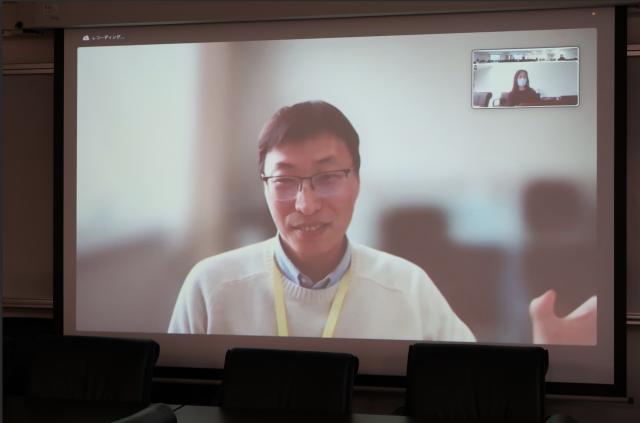 (Lecturer: Prof. Pin Wang)
(Lecturer: Prof. Pin Wang)
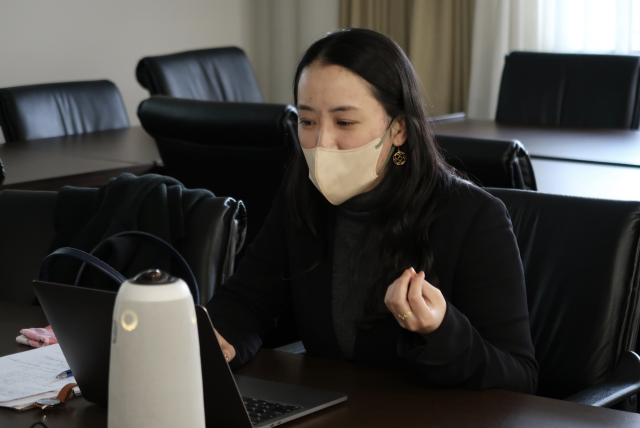 (Commentator Prof. Mai Kataoka)
(Commentator Prof. Mai Kataoka)
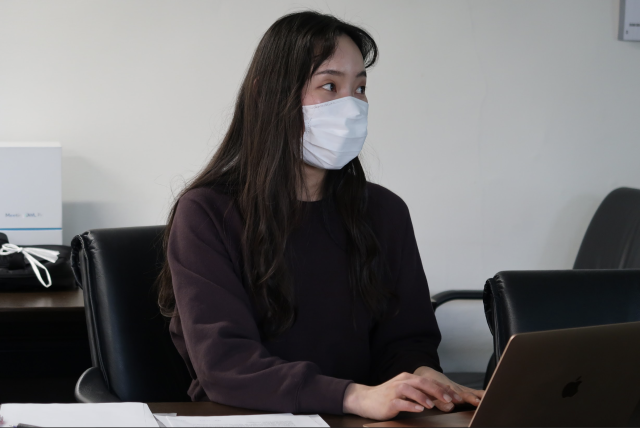 (Moderater: Dr. Yi Ding)
(Moderater: Dr. Yi Ding)
In the lecture, Professor Wang began by introducing Systemic functional linguistics (SFL) as an appliable linguistics that offers a powerful theoretical toolkit. Its theoretical dimensions, including instantiation and individuation – the key words of this talk – allow for a broad spectrum of perspectives for language description and comparison, and thus can yield in-depth understanding of a wide range of issues in translation studies. Utilizing SFL, Professor Wang focused on the Sanskrit original text and the Chinese and English translations of the Buddhist scripture Heart Sutra(prajñāpāramitāhṛdaya). Professor Wang clarified that there were both expected equivalence and significant differences among the Sanskrit original and the two translated texts, which were twofold (on two hierarchies): in terms of instantiation, the translators go along different re-instantiation routes in finding corresponding potentials between the source text and their respective target texts; in terms of individuation, the English and Chinese translators’ personal and social identity has an immediate influence on their respective reproductions of the text.
Following the lecture, Professor Kataoka first briefly touched upon the development of the field of translation studies and explained why the study of Buddhist scripture translation is attracting so much attention. Bases on this academic background, Professor Kataoka then posed a few questions about the transliteration of phonological information, the roles of target readers in the formation of translation, collaborative effort in translating practice. The Q&A session, furthermore, included questions from Buddhist and rhetorical researchers.
As translation studies is a relatively new discipline that developed in the 20th century and relies heavily on Western theory and discourse, this session not only provided clues to the translatability of Eastern and Western thought as a basis for aesthetic studies, but can also be considered, like the discipline of aesthetics, as a case of a discipline born from the West and generated in the East.
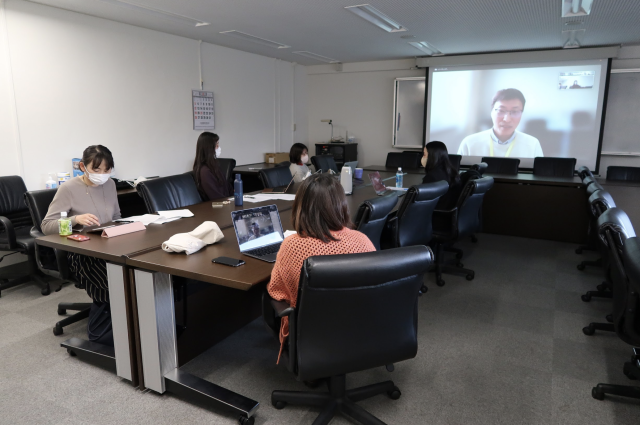
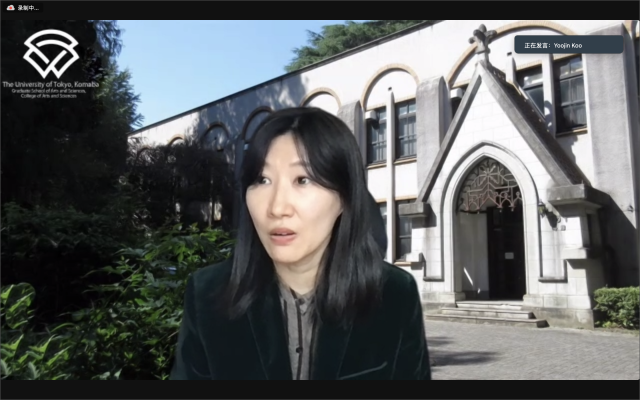
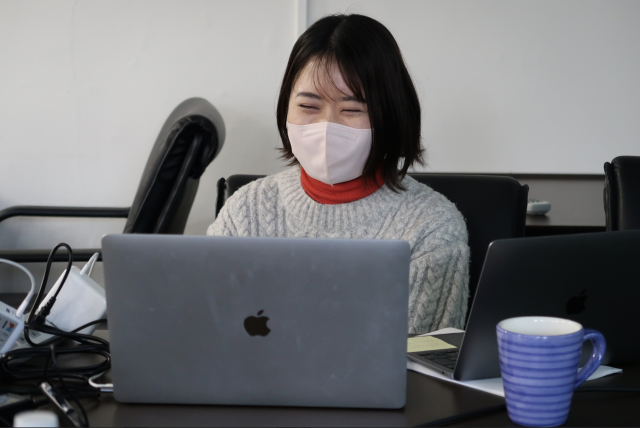

Reported by Yi Ding (Project Researcher Fellow, EAA)








